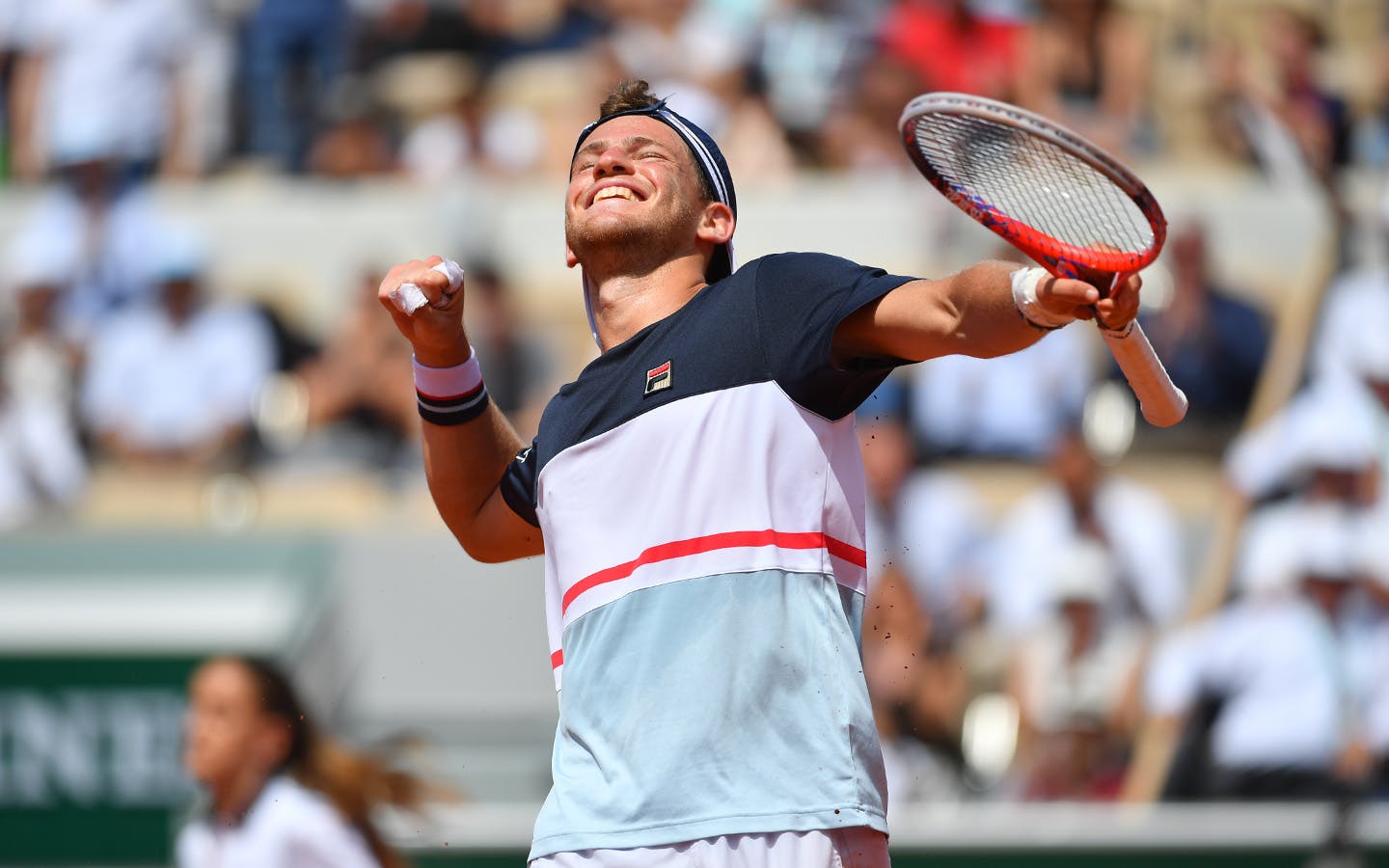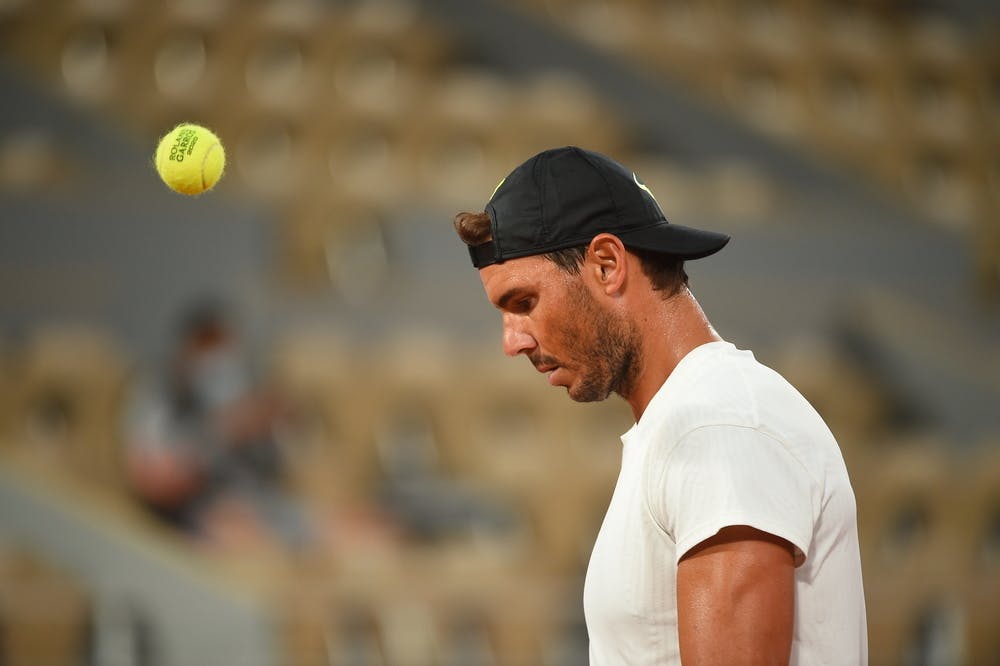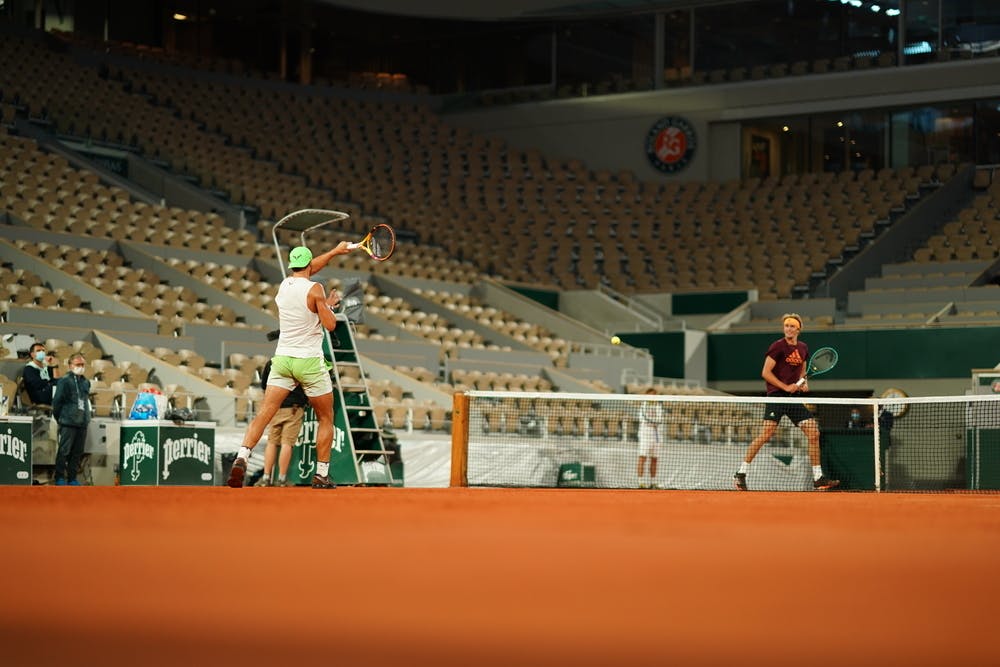Related
Diego dares to dream bigger in Paris

Cooler weather and different balls may make it even harder to win the title this year but Nadal is still the man to beat

For most of the past decade and a half, Roland-Garros and Rafael Nadal have been a marriage made in heaven, the Spaniard marching his way to a record 12 titles in the French capital.
The undisputed ‘King of Clay’, Nadal has lost just twice at Roland-Garros; in 2009 to Robin Soderling and to Novak Djokovic in 2015, while injury caused him to withdraw during the tournament in 2016.
Otherwise, it’s been an annual procession for Nadal, the world No.2 who at 34, remains as great a force on his beloved clay as he ever was.
But this year’s Roland-Garros may just present him with his biggest challenge yet. Not only does he have to contend with world No.1 Djokovic right at the top of his game but he also has to cope with Dominic Thiem, the latest Grand Slam champion after his victory at the US Open earlier this month and the man who has reached the past two Roland-Garros finals.
But while getting the better of those two would be hard in the warmth of early summer, in this most unique of years, it is the autumnal Paris conditions that may be Nadal’s biggest challenge.
His defeat in Rome last week, in humid, heavy conditions, saw Nadal’s heavy topspin, which players find so hard to attack when it’s dry and warm, negated somewhat and he suffered a surprise defeat to Argentina’s Diego Schwartzman.
The change in conditions is one that Nadal acknowledges. “It (was) a super heavy evening in terms of humidity,” Nadal said. “Conditions out there was much heavier than the previous days in terms of the bounces of the ball. For me was difficult to push him back.”
The memories of Nadal’s 12 wins in Paris are filled with images of the Spaniard ripping forehands with that lasso-action, the ball rearing up on his opponents, forcing them to drop the ball short, with the inevitable response.
Late summer, early autumn can be lovely in Paris but conditions in the first week look set to be cool, with rain in the air. The new roof over Court Philippe-Chatrier, which is in place for the first time this year, will help the big names stay dry and on schedule, but may also create heavier conditions, the kind he experienced in Rome.
Unlike previous years, Nadal is going into Paris with very little recent match practice. In previous years, he had at least two of Monte Carlo, Barcelona, Rome and Madrid under his belt; this time he will only have played three competitive matches since February.
But this is Nadal we’re talking about. A man chasing a record-equalling 20th Grand Slam title on his favourite surface, on his favourite court in the world. Fully fit, fully motivated and still incredibly difficult to beat over five sets, he is the favourite with bookmakers and with his peers.
"It's Nadal,” said Djokovic, after his Rome victory. “Even though he lost this week I still think, and a lot of people will agree, he is the number one favourite. The record that he has there, the history of his results, you just can't put anyone in front of him.”
Djokovic did point out the changing conditions, though.
“Diego showed Nadal is beatable on clay," said the Serbian 2016 Roland-Garros champion.
"The conditions that they played on, heavy clay, not much bounce, humid, night session, we are going to have that as well in Paris.
"Night session, under the lights, a little bit less bounce, I am pretty sure he does not prefer that to high bounce. I know he likes the high bounce, he likes hot and fast and warm conditions where he can use his spin a lot. Let's see. It's going to be interesting. Even though he's the number one favourite there are players who can win against him there. It's obviously best of five. You've got to be really fit to be able to achieve that."
Former world No.1 Jim Courier, twice the champion at Roland-Garros in 1991 and 1992 and covering the event for The Tennis Channel, said the longer format will help him to compensate for the lack of help from the weather.
“On paper, he's surely the favourite,” Courier said. “I don't think that it's a concern. I think given that it's best-of-five sets in Paris, he'll have more time to work through problems. He won't play a player like Diego that early in the draw either just because of the seedings. I think he'll have time to work himself into form.
“But it's not easy for Rafa right now, having had six months off. He was one of the players who didn't play in any of the special events that took place during the break. He's really light on matches. He talks openly about how he needs those matches to feel comfortable and confident, to rest a little easier. He'll be anxious for sure. But I don't think that's going to bother him much in the first week.”

Mark Petchey, the former British player, working for ITV for this year’s Roland-Garros, pointed out an added complication this year.
"There’s a different ball this year which is a Wilson…apparently slower than last year's Babolat, and bigger, will make things harder for Rafa. The evenings being shorter and the average temperature being cooler in September-October will mean the ball will bounce lower. The ‘king of spin’ will have to adapt. (But I) still expect to see the ‘King of Clay’ at the finals weekend though," said Petchey.
But Nadal has had bigger obstacles to overcome in the past, notably recovering from serious injury in time to be ready for his favourite event. He knows, more than anyone, what it takes to get the job done in Paris and as always, he will work for every point, give it everything in search of his goal.
And for all he has achieved in Paris over his career, if he can overcome the additional obstacles thrown in his path, then a 13th title at Roland-Garros might just be the best of the lot.